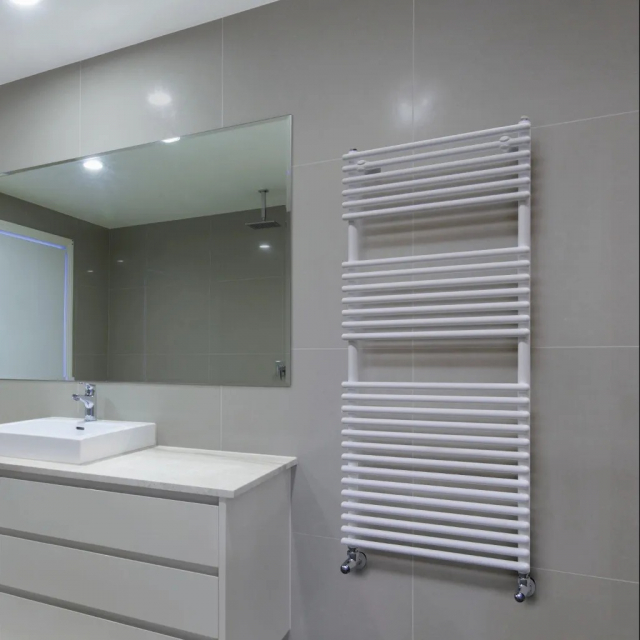Radiators
Heat is from the home
The term radiators (commonly referred to as caloriferi or, more vulgarly, thermosiphons) refers to a radiant component connected to the heating system;
Invented in Italy by Pietro De Zanna in 1893, the first model features a compressed-air system, later made water-based thanks to an insight by Franz Karlovich San Galli, contributing significantly to modern central heating systems.
Ordinarily, one is installed for each room, is connected via pipes to a boiler that feeds hot water into the same radiator, and is later connected to a thermostat that can regulate its switching on, off, time and desired temperature.
In today's context, a radiator is understood to be a fundamental component for making the home environment livable in order to carry out daily activities and spend moments of relaxation and intimacy, and it is precisely for this reason that paying attention to the size of the radiator and the room is of paramount importance.
Design for coziness
Many materials can be made of, including cast iron, aluminum, and steel:
- Cast iron radiators have the advantage of retaining heat for a long time even when the system is turned off, representing the most appropriate solution for all rooms;
- Aluminum radiators have the advantage of reduced heating time;
- Steel radiators, on the other hand, represent an excellent solution both from a functional and economic point of view being lighter, handy and compact and with the possibility of being made in the most varied shapes and colors.
Tubes, Brem, Irsap and Antrax represent in our site the most important manufacturers of radiators bringing several models oscillating between efficiency and style capable of completing the aesthetic sense of the room where placed without neglecting comfort succeeding also going against the energy needs carrying out their ideas of eco-sustainability and water saving, proposing models capable of using 30% less water than other brands.















